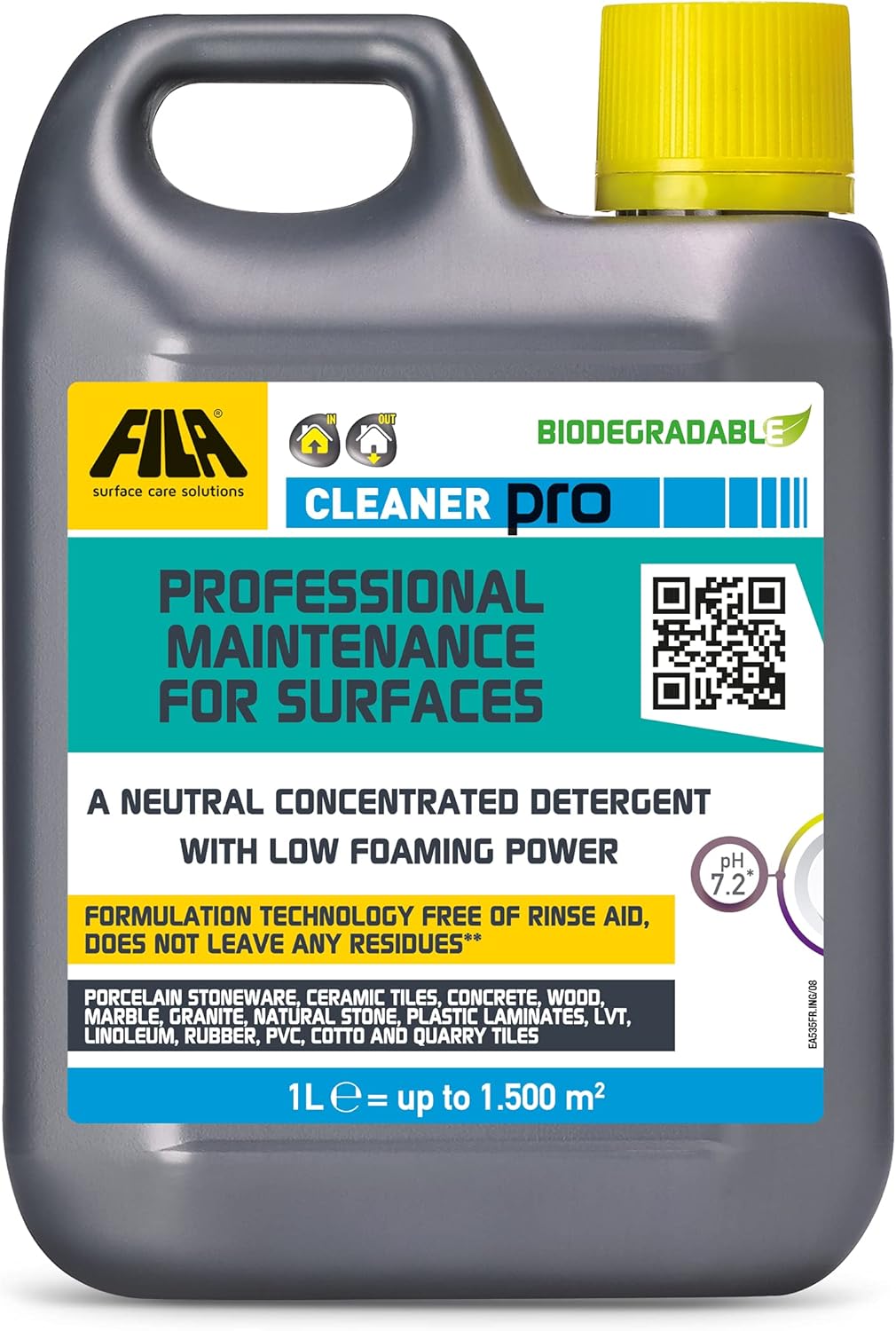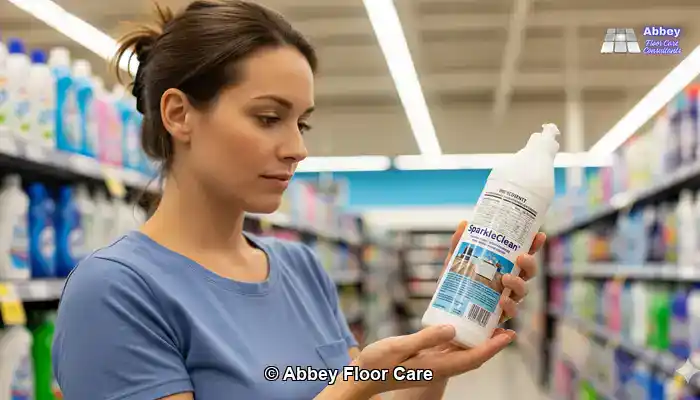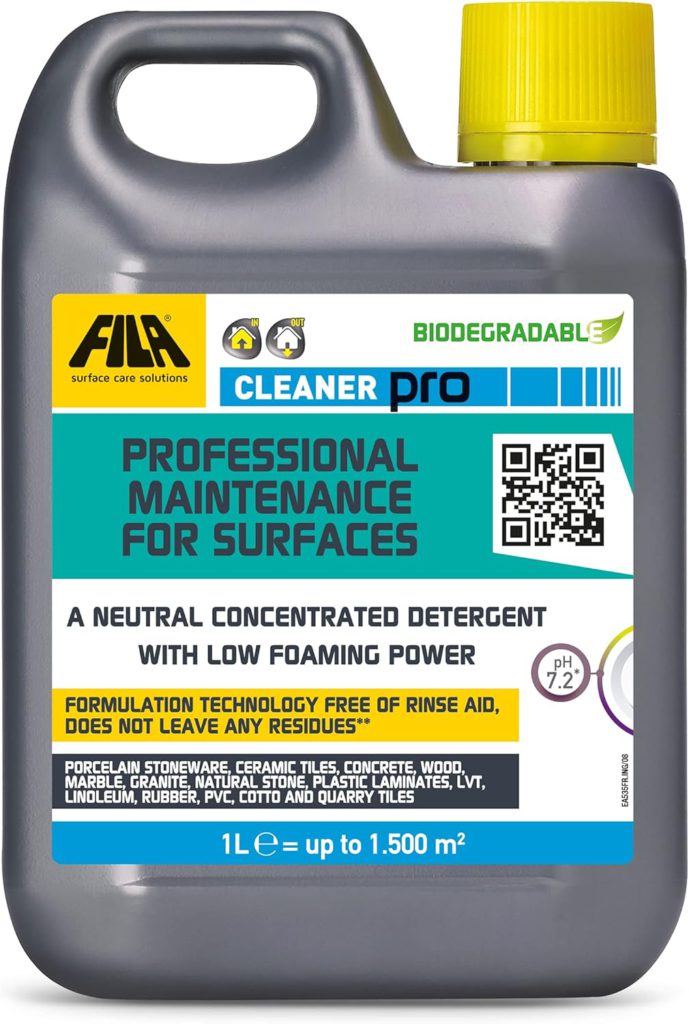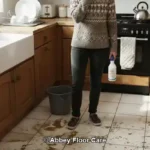Last Updated on November 12, 2025 by David
Key takeaways from the article, “What Is the Best Product for Terrazzo Cleaning?
- Utilise pH-neutral cleaners for daily maintenance to avoid etching or dulling the surface, particularly when marble chips are part of the terrazzo composition.
- Apply alkaline cleaners to effectively remove ingrained soils, but ensure to rinse thoroughly and reseal if left to dwell for extended durations.
- Avoid acidic, bleach-based, or abrasive products, as these can cause irreversible damage to terrazzo and diminish its long-term aesthetic appeal.
- Utilise topical sealers for improved appearance when they are maintained and reapplied properly, offering added gloss and protection in high-traffic areas.
- Consistent upkeep using soft tools and prompt spill responses plays a vital role in preserving the finish and reducing the need for intensive cleaning.
Explore the Distinct Characteristics of Terrazzo Flooring
What Comprises Terrazzo Material?
Terrazzo is a composite flooring material made from a blend of marble, quartz, granite, or glass chips that are embedded in a cement or epoxy base. After the installation process, the surface undergoes grinding and polishing to achieve a smooth and visually appealing finish. Thanks to its natural stone composition, terrazzo is particularly sensitive to harsh chemicals, necessitating gentle and careful maintenance to sustain its beauty and durability over time.
Expert Recommendation: Discover Our Preferred Products for Daily Terrazzo Care.

Fila Pro Floor Cleaner
|
LTP MPG Sealer H20
|
Vileda H2PrO Spin Mop System
|
Why Does Terrazzo Demand Specialised Care for Longevity?
Unlike ceramic or vinyl flooring, terrazzo is a porous material capable of absorbing liquids if it is not adequately sealed. The use of acidic cleaners, bleach, or abrasive tools can dull the surface or even lead to irreversible staining. To maintain the quality and appearance of terrazzo floors, it is crucial to utilise pH-neutral products specifically designed for natural stone surfaces. Regular maintenance not only helps to retain the shine but also prevents long-term damage that could compromise the overall aesthetic appeal of the flooring.
Avoid Common Mistakes When Cleaning Your Terrazzo Floors

Why Are Acidic Cleaners Hazardous for Terrazzo?
Acidic products, including vinegar, lemon juice, or lime scale removers, can etch the surface of terrazzo, particularly if it contains marble chips. A single application can create dull patches or cause irreversible damage to the finish. Many homeowners mistakenly believe that natural acids are safe to use; however, terrazzo reacts differently compared to ceramic or porcelain tiles, making it essential to avoid all acidic formulations entirely.
What Risks Do Steam Cleaners and Bleach Pose?
Steam cleaners may seem like a convenient option, yet the high temperature and pressure can weaken sealants and drive moisture into the substrate. Conversely, bleach is alkaline and can cause discolouration of terrazzo over time. Both cleaning methods risk compromising the integrity of the floor, particularly in older properties or areas where the sealant has deteriorated, leading to a decline in the surface's overall quality.
How Can Abrasives Reduce Terrazzo's Aesthetic Quality?
Utilising scouring pads, gritty powders, or stiff brushes can scratch the polished surface of terrazzo. Once scratched, the floor loses its reflective quality and becomes increasingly challenging to clean. For effective deep cleaning, always opt for soft pads and non-abrasive tools specifically designed for stone surfaces. Preserving the finish is paramount for maintaining the long-term beauty and ease of maintenance of your terrazzo floor.
Choose the Most Effective Deep-Cleaning Product When pH-Neutral Cleaners Fall Short
What Attributes Characterise a Safe Cleaner for Terrazzo?
Safe terrazzo cleaners are defined by being pH-neutral, non-acidic, and devoid of harsh solvents. Given that terrazzo often incorporates marble chips, it reacts unfavourably to both acidic and alkaline products. A well-balanced cleaner effectively lifts dirt without harming the surface or sealant. Always check for labels indicating compatibility with natural stone or terrazzo.
In instances where terrazzo floors are heavily soiled—especially in kitchens, hallways, or commercial areas—standard pH-neutral cleaners may lack the strength required to dissolve deeply ingrained grime. Over time, oils, grease, and dirt can settle deeply into the porous surface, particularly if the sealant has worn down.
Why Is Opting for an Alkaline Cleaner Advantageous?
Alkaline cleaners are specifically formulated to penetrate organic soils, grease, and stubborn residues that neutral products may not effectively eliminate. These cleaners emulsify contaminants, enabling them to be lifted from the terrazzo’s pores and rinsed away. For deeply embedded grime, a stronger alkaline formulation may be essential to restore the floor's original appearance and shine.
Why Is Rinsing Essential to Prevent Surface Damage?
While effective, alkaline cleaners must be used judiciously. Leaving them on the surface for extended periods can strip protective sealants or cause discolouration. After the recommended dwell time—typically between 5 to 15 minutes—thoroughly rinse the floor using clean water. Utilise a wet vacuum or multiple mopping passes to ensure that no residue remains. Insufficient rinsing can result in a chalky film or long-term dullness of the surface, detracting from its overall appearance.
Is Resealing Necessary Following Deep Alkaline Cleaning?
If the cleaner required an extended dwell time to break down soils, or if the floor was unsealed, it is advisable to reseal the terrazzo after cleaning. Alkaline products can open the pores of the stone, making it more susceptible to future staining. Applying a breathable impregnating sealer helps restore protection and maintains the floor's resistance to moisture and dirt, ensuring its longevity.
Your Comprehensive Guide to Deep-Cleaning Terrazzo Floors
How to Efficiently Prepare the Surface for Cleaning
Begin by removing loose dust and debris using a soft-bristle broom or a vacuum specifically designed for hard floors. Avoid dragging furniture or using metal-edged tools, as these can scratch and damage the surface. If the floor has old polish or residue, consider employing a safe terrazzo stripper prior to initiating the deep-cleaning process to achieve optimal results.
How to Safely and Effectively Apply the Cleaner
Mix your selected cleaner according to the manufacturer's guidelines. Apply it evenly across the floor using a microfiber mop or a soft applicator. Allow the solution to sit for 5 to 10 minutes to loosen embedded dirt, ensuring it does not dry on the surface. Work in manageable sections to maintain control and guarantee thorough coverage of the entire area.
What Techniques Are Optimal for Agitation and Rinsing?
Employ a soft white pad or a slow-speed rotary machine equipped with a non-abrasive brush to effectively agitate the surface. This method lifts grime from the terrazzo’s pores without causing any scratches or damage. Rinse thoroughly with clean water, changing the water frequently to avoid redepositing dirt. A wet vacuum can expedite this process and enhance results, ensuring a clean and polished finish.
How to Dry and Buff for an Impressive Finish
Allow the floor to air dry completely, or utilise a dry microfiber mop to eliminate any residual moisture on the surface. Once the floor is dry, buff the surface with a clean white pad to restore a subtle sheen that enhances its beauty. If the floor remains dull after cleaning, consider resealing or polishing, particularly in areas subjected to high foot traffic.
Identifying When to Reseal Your Terrazzo Floor
What Signs Indicate That Your Seal Has Worn Away?
If your terrazzo floor appears dull, absorbs water rapidly, or shows signs of staining, the sealant may have degraded. A straightforward water-drop test can be performed: place a few drops on the surface and observe. If the water darkens the stone or disappears within seconds, it is time to reseal your floor.
How to Choose the Right Sealer for Your Specific Requirements
For residences in the UK, solvent-based impregnating sealers like Lithofin Stainstop or Fila MP90 offer long-lasting protection without altering the natural appearance of the floor. These products penetrate the surface, blocking moisture and stains without forming a visible layer that might detract from aesthetics.
How to Effectively Apply Sealer at Home
Thoroughly clean the floor and allow it to dry for at least 24 hours. Apply the sealer uniformly using a lint-free cloth or sponge, working in small sections to ensure complete coverage. Allow it to absorb for the recommended duration and then wipe away any excess. A second coat may be required for areas with heavy foot traffic. Always ensure proper ventilation and adhere to the safety precautions outlined on the product's label for optimal results.
Best Practices for Maintaining Terrazzo After Deep Cleaning
Essential Weekly and Monthly Maintenance Routines
To keep terrazzo looking its finest, regularly dry mop with a microfiber pad to remove dust and debris. For weekly cleaning, employ a diluted pH-neutral cleaner and avoid soaking the floor. Monthly, inspect high-traffic areas for signs of wear and reapply cleaner as necessary. Excess moisture should be avoided, as it can compromise sealants over time and impact the floor's durability.
What Are the Most Effective Tools and Mops for Continuous Terrazzo Care?
Microfiber mops are particularly effective for terrazzo as they capture fine particles without scratching the surface. Avoid sponge mops, which can push dirt deeper into the pores of the floor. For larger areas, consider using a spray mop with refillable cartridges, which allows for controlled application of stone-safe cleaning solutions. Always rinse mop heads thoroughly after use to prevent residue buildup that could damage the flooring.
How to Respond Swiftly to Spills and Stains?
Immediately blot spills using a soft cloth or paper towel, taking care not to rub, as this can spread the stain further. For oily or pigmented spills, apply a small amount of stone-safe cleaner and rinse with clean water. If a stain persists, consider using a baking soda and water poultice, but make sure to test it first to ensure it won't damage the finish. Prompt action prevents permanent marks and ensures your terrazzo floor remains immaculate and well cared for.
Common Questions Regarding Terrazzo Floor Cleaning
Can I Use Vinegar on My Terrazzo Floors?
No. Vinegar is acidic and can etch terrazzo surfaces, especially if the flooring contains marble chips. Even diluted vinegar can result in dull patches or long-term damage. Always opt for a pH-neutral cleaner specifically formulated for natural stone surfaces to guarantee the longevity of your flooring.
What Should I Do If My Floor Is Already Damaged?
If your terrazzo surface has scratches, stains, or dull patches, deep cleaning alone may not restore its original appearance. Professional honing or polishing might be necessary to eliminate surface damage. In some instances, resealing or applying a stone-safe polish can enhance the visual appeal, yet restoration is frequently the best route for heavily worn floors.
How Often Should I Deep-Clean My Terrazzo Floors?
For most homes in the UK, deep cleaning terrazzo every 6 to 12 months is generally adequate. High-traffic areas, such as hallways or kitchens, may require more frequent attention. Regular maintenance between deep cleans helps prolong the life of the sealant and keeps the flooring looking fresh throughout the year.
The Article What Is the Best Product for Terrazzo Cleaning first found on https://www.abbeyfloorcare.co.uk
The Article Best Terrazzo Cleaning Products for a Sparkling Finish appeared first on https://fabritec.org
The Article Terrazzo Cleaning Products for a Gleaming Shine Was Found On https://limitsofstrategy.com


